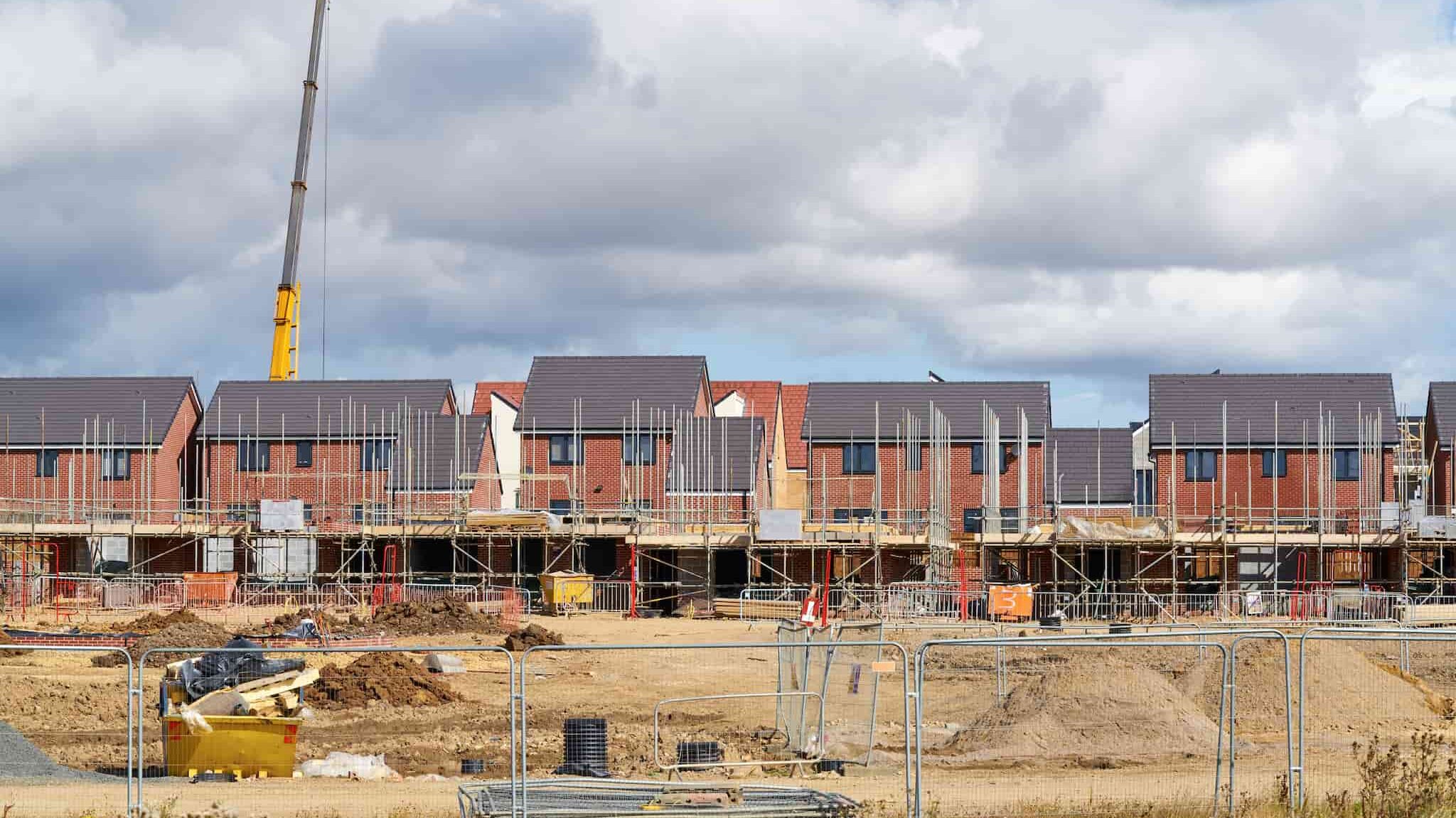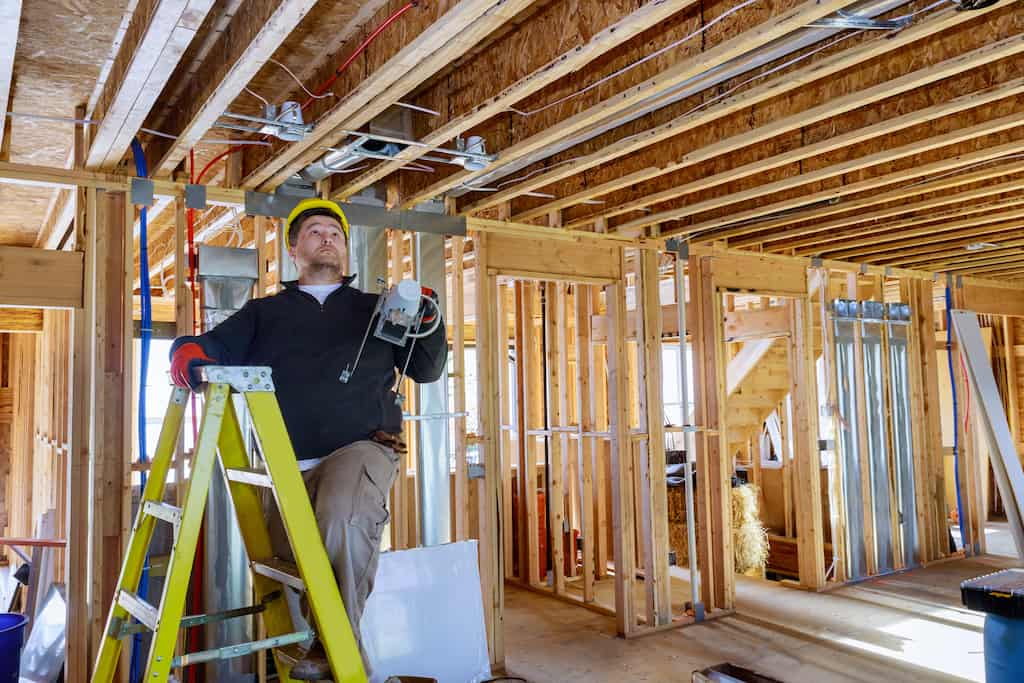
The bitterness of poor quality remains long after the sweetness of low price is forgotten."
Benjamin Franklin
TRADITIONAL CONTRACTING.
Traditional Contracting is the common method of contracting where the Client chooses service providers for design of work and asks for bids on construction work.
What is the traditional procurement method?
Traditional procurement remains the most used method of procuring building works. It comprises a tripartite arrangement involving a client, consultants, and a contractor. This allows the contractor to accurately price the works they are being asked to carry out.
Traditional construction
Foundations are laid, walls are built, roofs are added and then the interior of the building begins to be created. Finally, before being handed over to the customer, the snag-list is drawn up and tackled – all those small issues and tasks that need addressing.


CONSTRUCTION MANAGEMENT
Construction management is a professional service that provides a project’s owner(s) with effective management of the project's schedule, cost, quality, safety, scope, and function.
Construction management is compatible with all project delivery methods. No matter the setting, a Construction Manager’s (CMs) responsibility is to the owner and to a successful project.
At its core, a capital project is made up of three parties (excluding the CM):
(1.) The owner, who commissions the project and either, funds the project directly or finances it through stakeholders.
(2.) The architect/structural engineer, who designs the project.
(3.) The general contractor, who oversees day-to-day operations and manages subcontractor packages,
The Construction Manager represents the owner’s/stakeholder’s interest and provides oversight over the entire project directly for the owner.
The Construction Managers mandate is to work with all parties to deliver the project on time, at or under budget, and to the owner’s/stakeholder’s expected standard of quality, scope, and function.
Construction Managers are uniquely qualified through combined education and experience to work with the owner’s/stakeholder’s architect, general contractor, and others to determine the best possible sequence of construction operations and develop a detailed programme and budget, while also establishing plans for project safety and security and helping the owner manage risk.
This requires using project management information systems and robust planning techniques, such as critical path method (CPM), as well as a sound knowledge of construction methods.
Design and Build
Design and build are a term describing a procurement route in which the main contractor is appointed to design and construct the works, as opposed to a traditional contract, where the client appoints consultants to design the development and then a contractor is appointed to construct the works Single Stage Procurement
Benefits of design & build procurement:
The client benefits from a competitive tendering process which can lead to more competitive pricing.
The client can also benefit from a fixed price through this tendering process.

Risks of single stage tendering
The number of contractors prepared to bid for the project may be low. Historically, single-stagoriginally carried outwas done through an Official Journal of the European Union (OJEU) process, which often resulted in high tendering costs to the contractors.
Last year, the Government announced its intention for a radical overhaul of public procurement law after Brexit and a green paper was published on this topic in January 2021.

Because of this many have shifted their focus to the more cost effective two-stage schemes over time and are no longer willing to engage in single-stage.
The development scheme is generally designed and costed up by the contractor in isolation which can often result in the project budget being exceeded. Generally, this is because contractors may not have been consulted on the build ability at the outset meaning ever-changing building costs throughout the project.
Risks: Two Stage Procurement Benefits:
1. The project does not have to be fully designed and costed before they can start procurement for the project, thus reducing costs.
2. Shorter timescales required to get a contractor appointed.
3. Due to the shorter timescales, the client benefits from contractor early engagement which results in project costs being reduced through a Value Engineering Process.
4. The collaborative approach breeds greater communication with the client and the client’s team, which can result in improved outcomes.
If the client and contractor do not communicate with each other then it would be unlikely that they would benefit from collaboration and project and cost clarity.
As you can see there are benefits and risks for both the single and two-stage approach.
MANAGEMENT CONTRACTING
Management Contracting is a form of construction procurement where the Client for a project employs different Subcontract Packages directly.
The Client has a Main Contractor in place that is responsible for managing the Subcontract Packages but is not in contract with them in the same way as with traditional procurement. In this form of contracting, the Client employs a Management Contractor to contribute from an exceedingly early stage and engage with its other Consultants.
The Management Contractor provides advice and expertise with a construction angle to positively influence the design and manage the construction. The key difference between Management Contracting and traditional procurement is that, although it is best for the Management Contractor to be a highly experienced construction company in both forms, in Management Contracting they are not required to undertake any of the actual works.
Instead, they are solely obligated to manage it on the Client’s behalf. Rather than simply procuring one Main Contractor as under the traditional approach, with Management Contracting, the Client 100% subcontracts the works themselves, albeit under the advice and guidance of the Management Contractor.

CONTRACTOR LED
The RIBA Plan of Work 2020 describes the contractor led procurement route as: ‘Contractors provide a design team to develop then submit their concept design at the end of stage 2 as proposals for the tendering process, typically leading to two teams proceeding to Stage 3.
The lead designer or the contractor’s design manager will prepare a Design Programme that confirms when the design information from the design team and/ or specialist subcontractors will be produced. During Stage 3, assessments will be finalised, and one construction team will be appointed preferred bidder.
The preferred bidder will continue tendering core packages to finalise their contract sum. A ‘shadow’ design team may be part of the client team that review this information for compliance with the requirements of the Building Contract. The timing of the contract award will depend on the planning process.’
You can dream, create, design, and build the most wonderful place in the world. But it requires people to make the dream a reality.

A ship is safe in harbour, but that's not what ships are for."
John A. Shedd